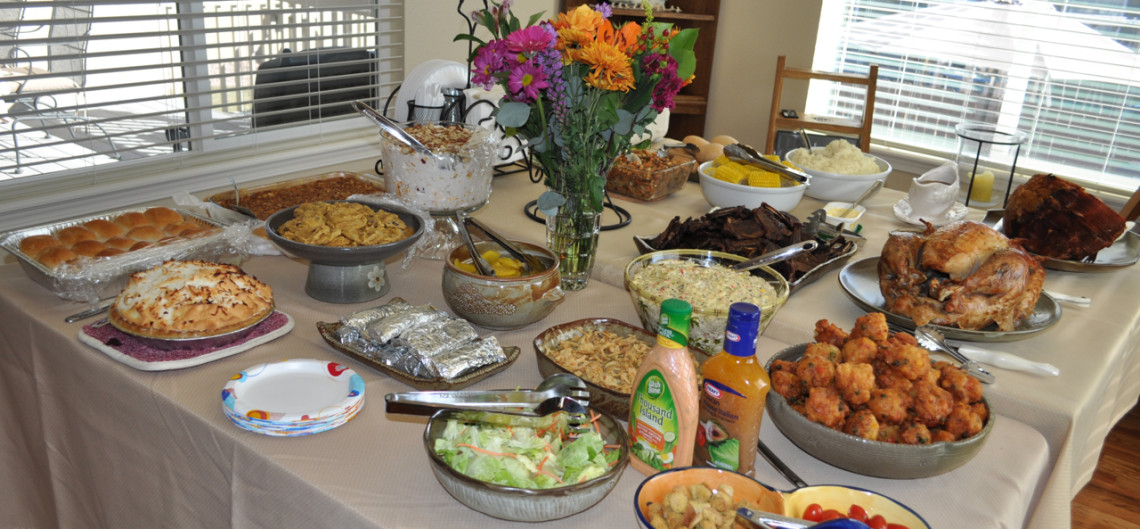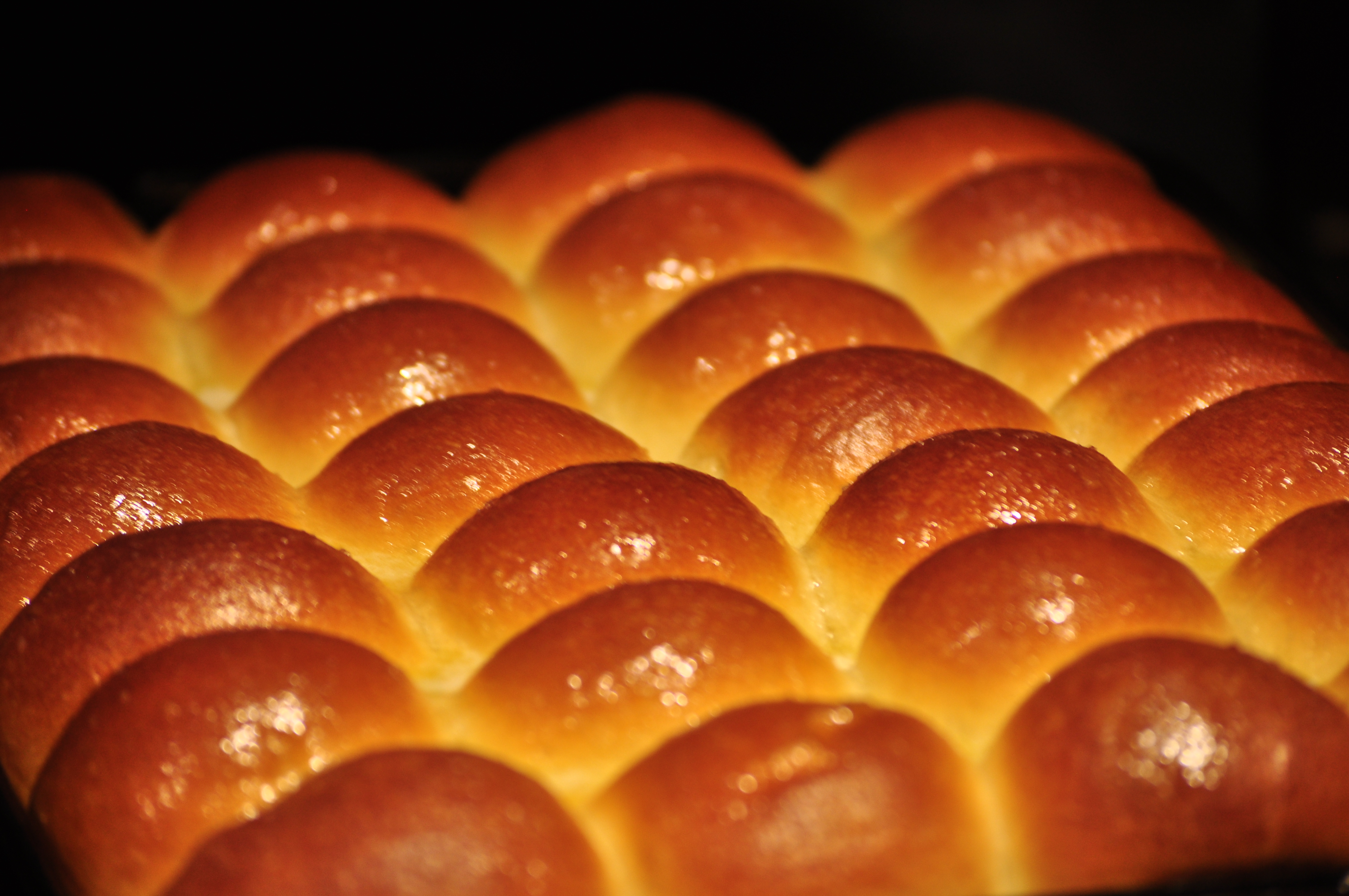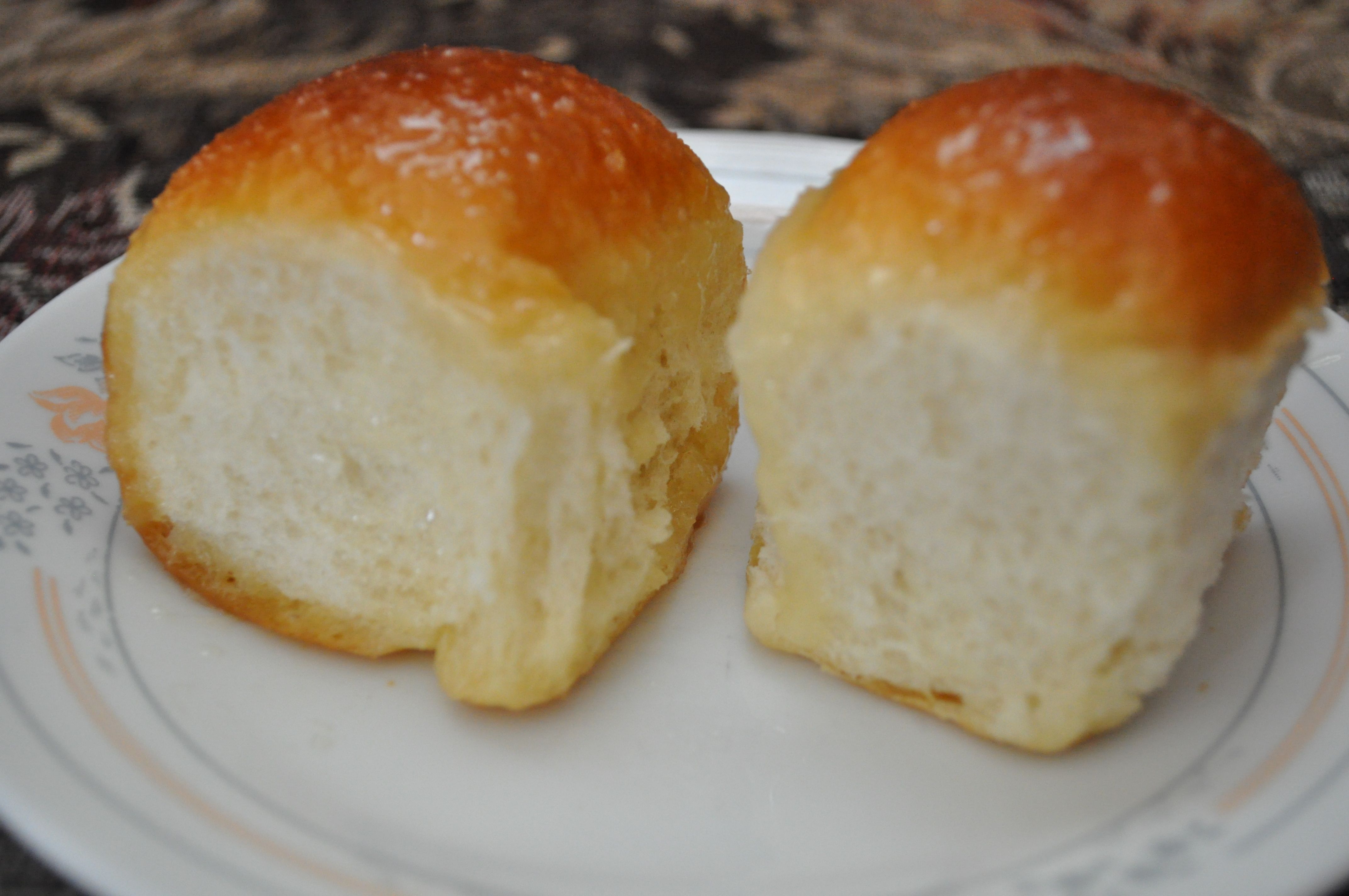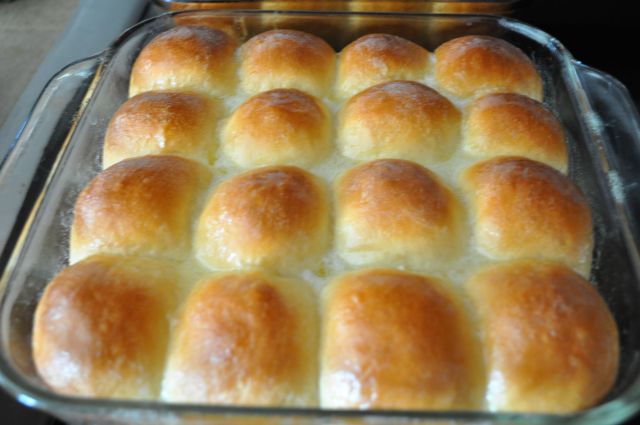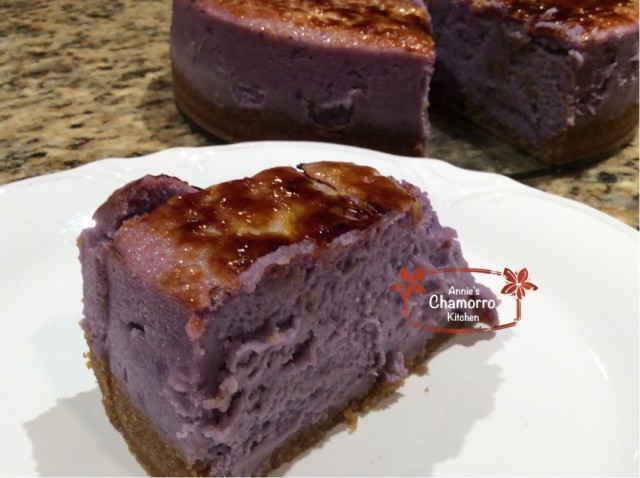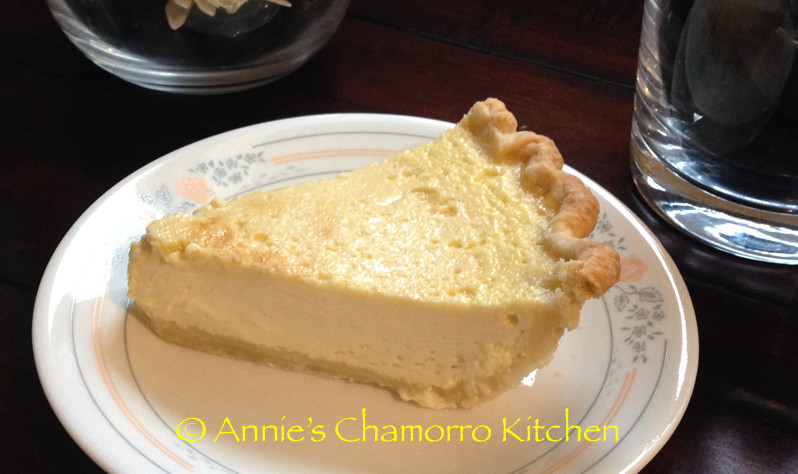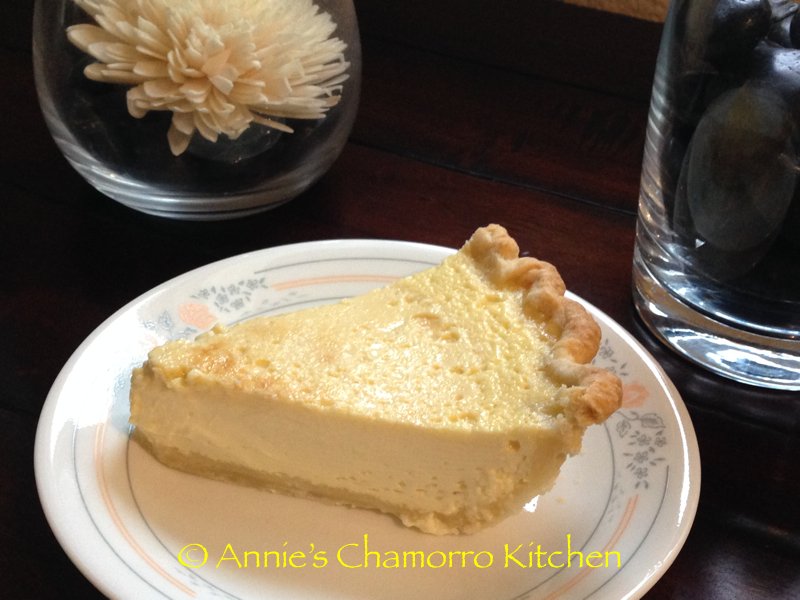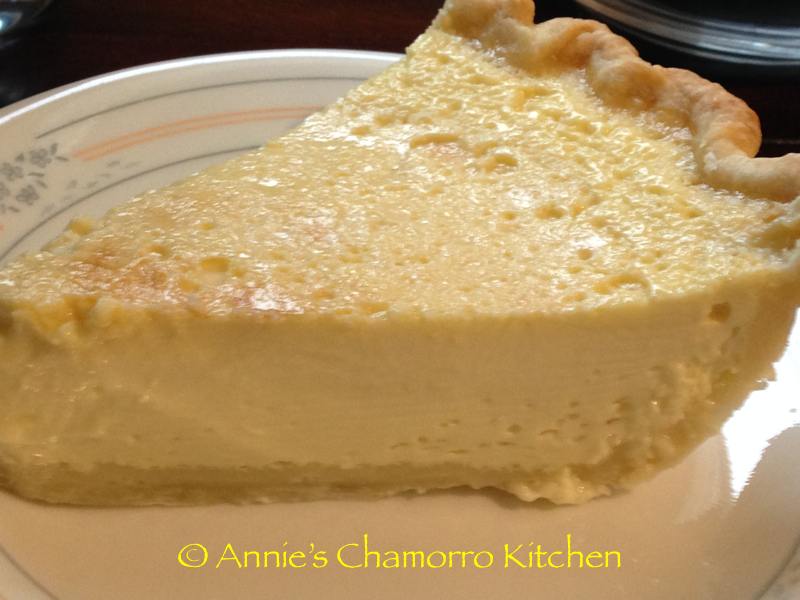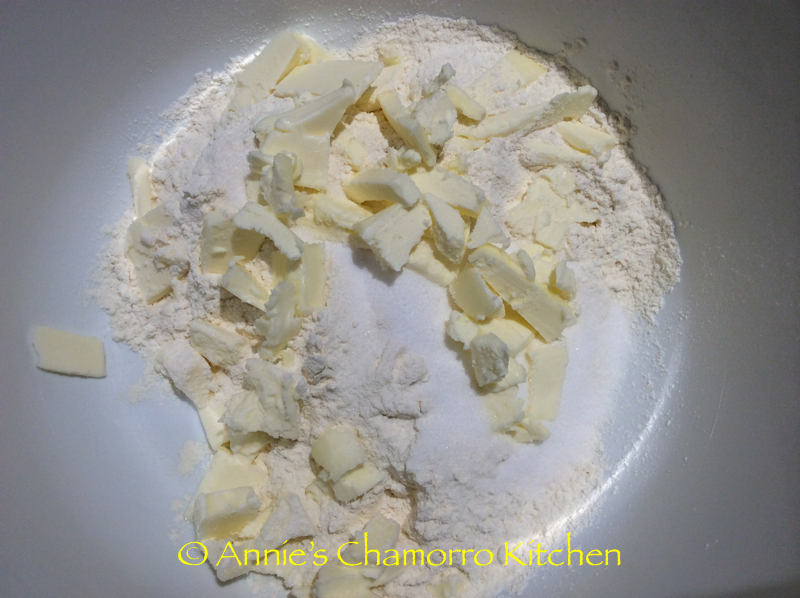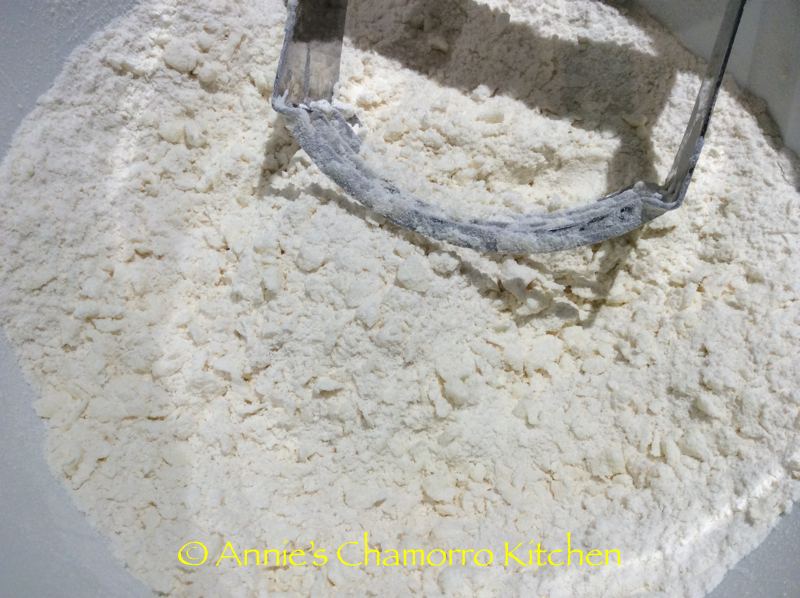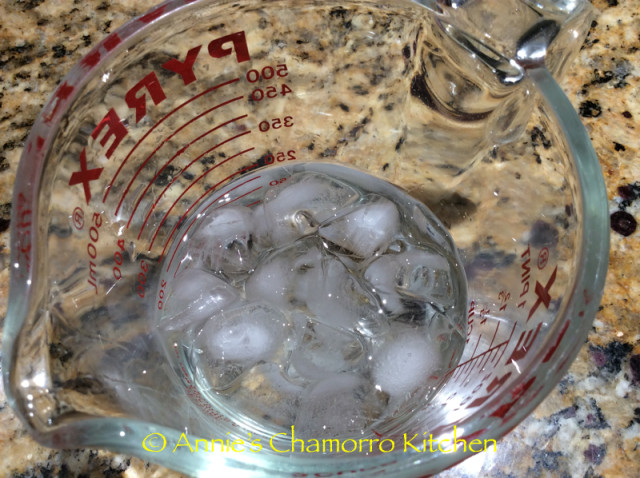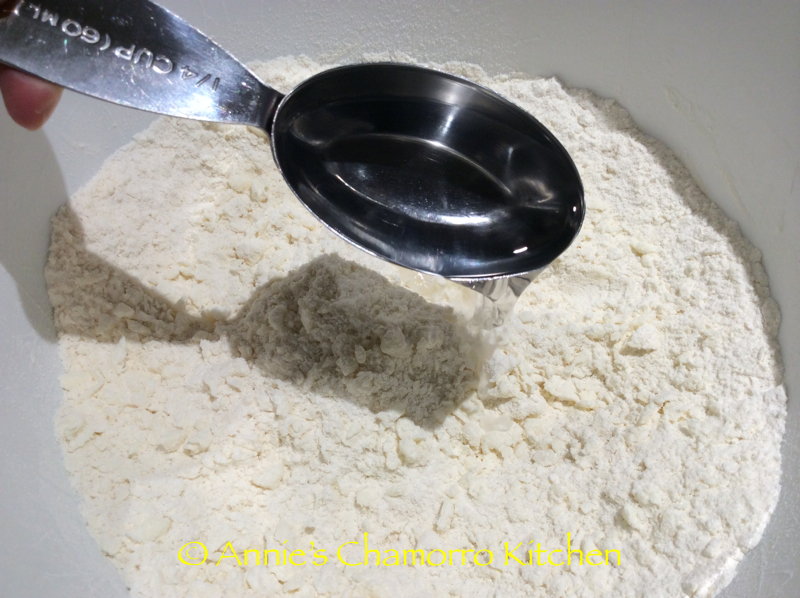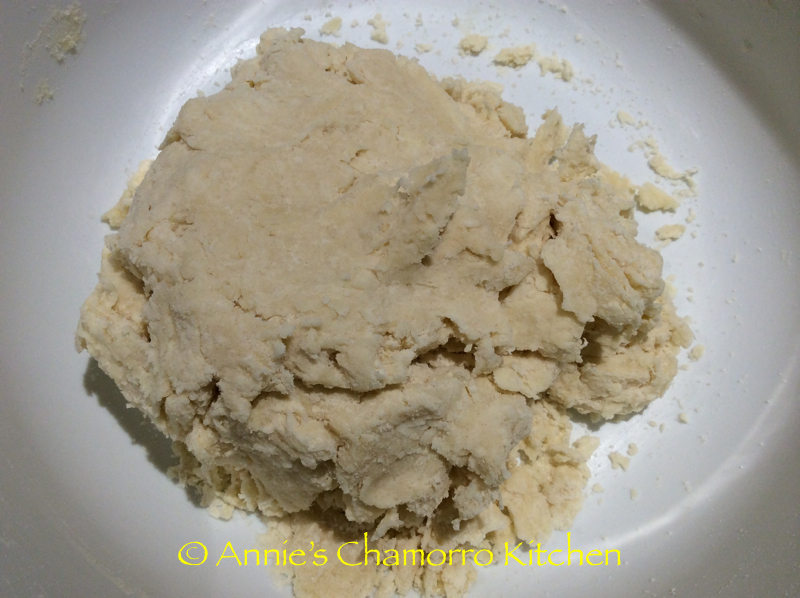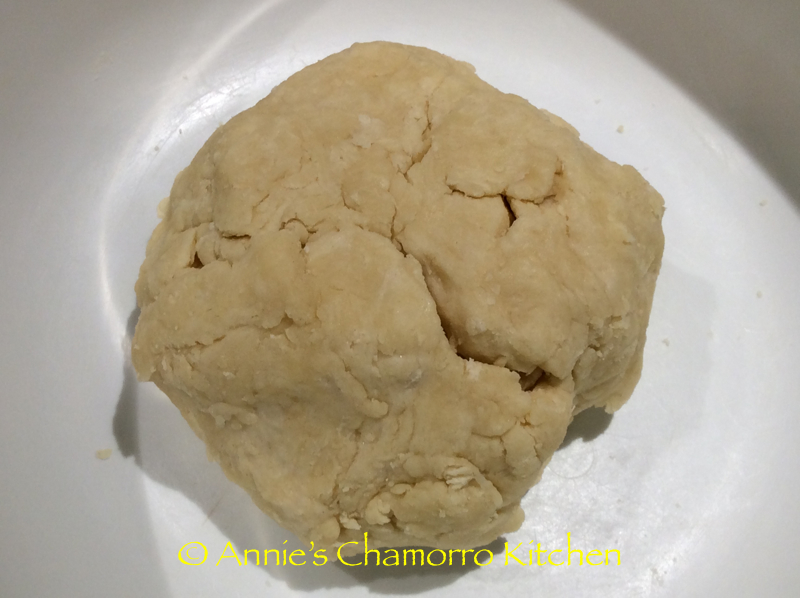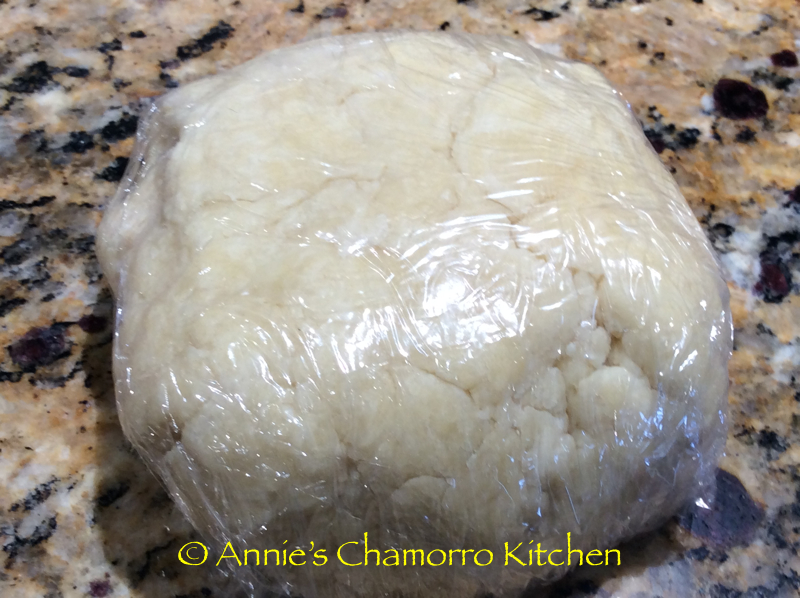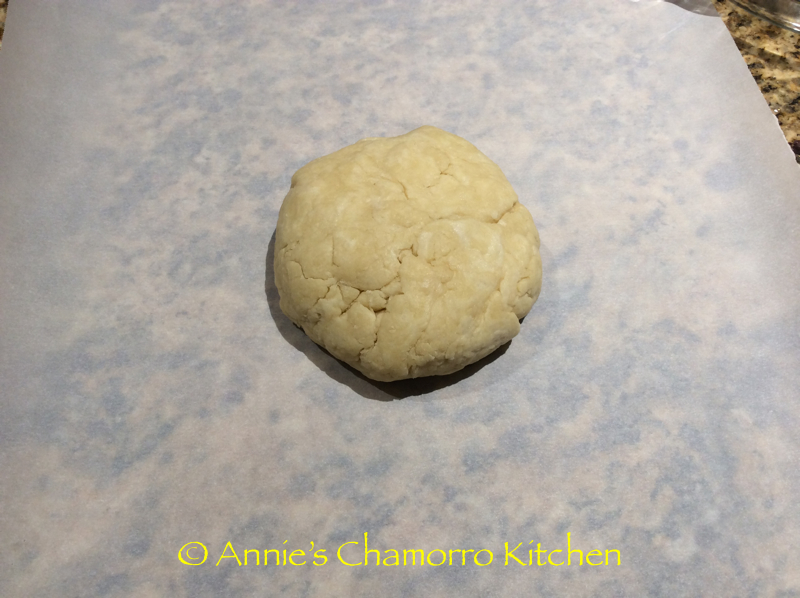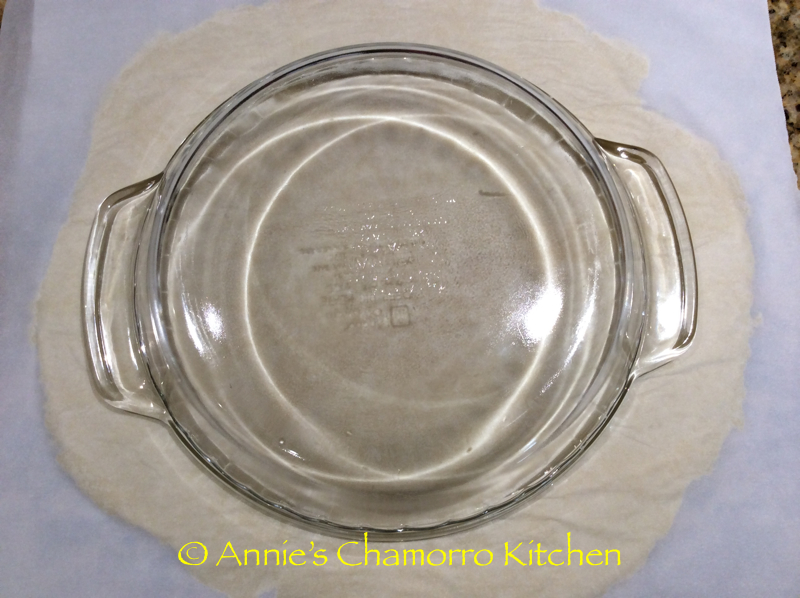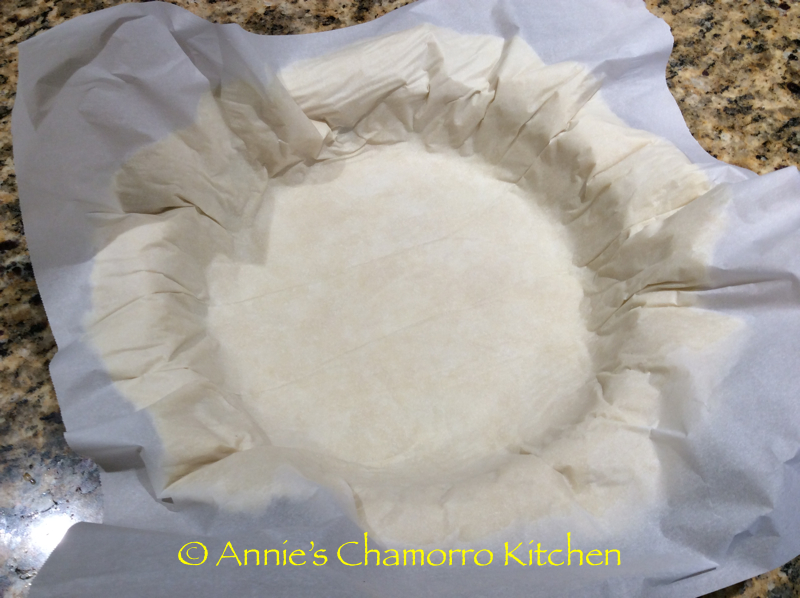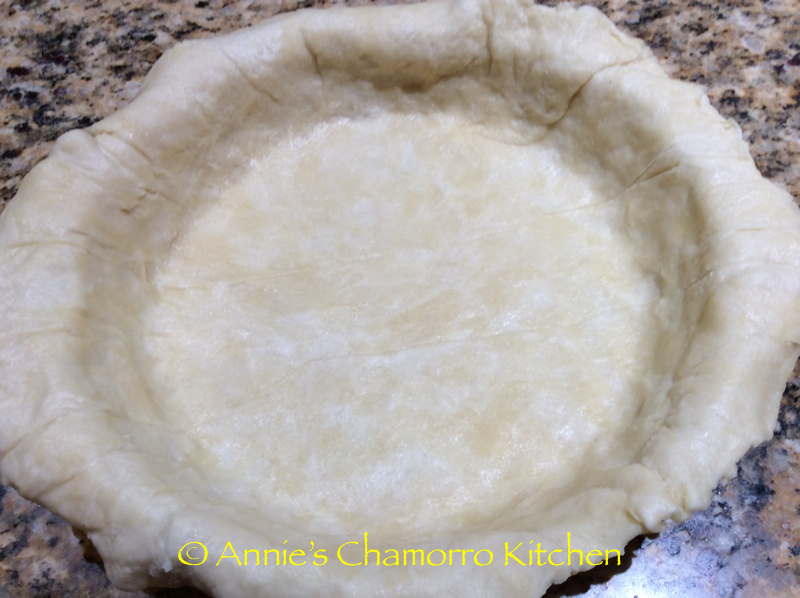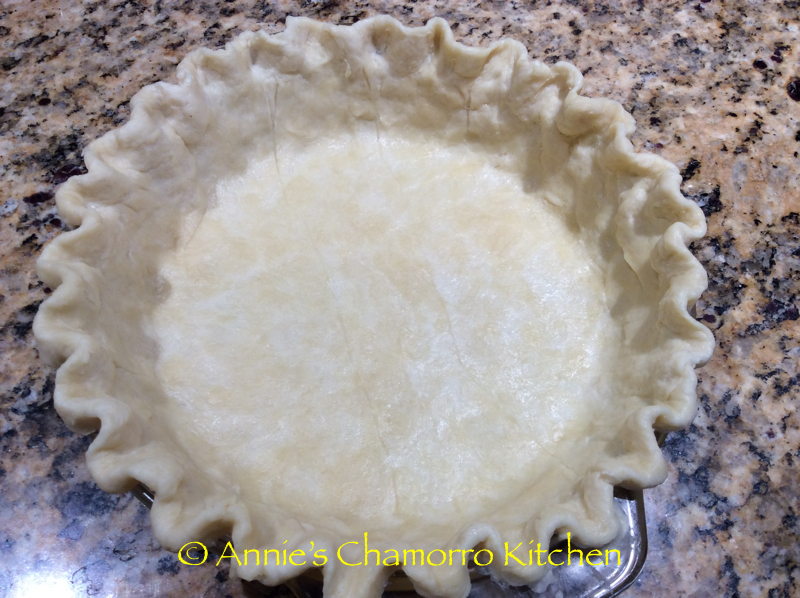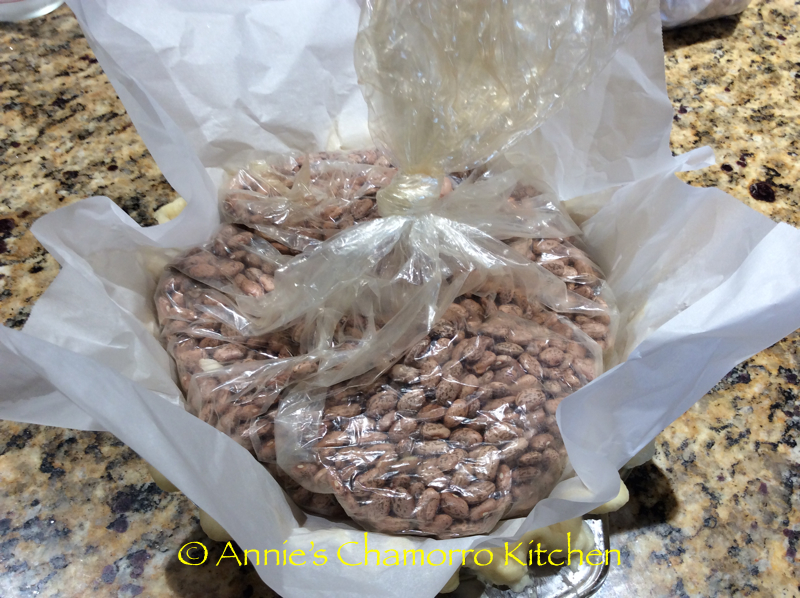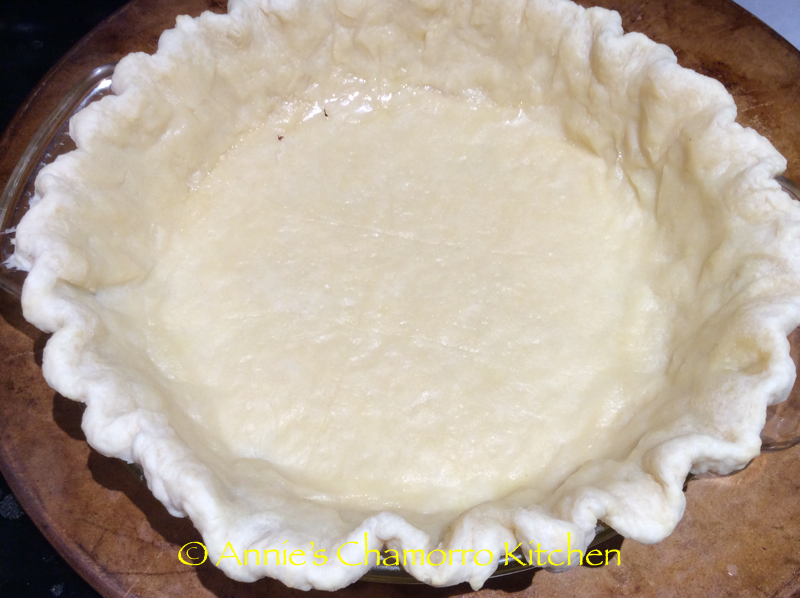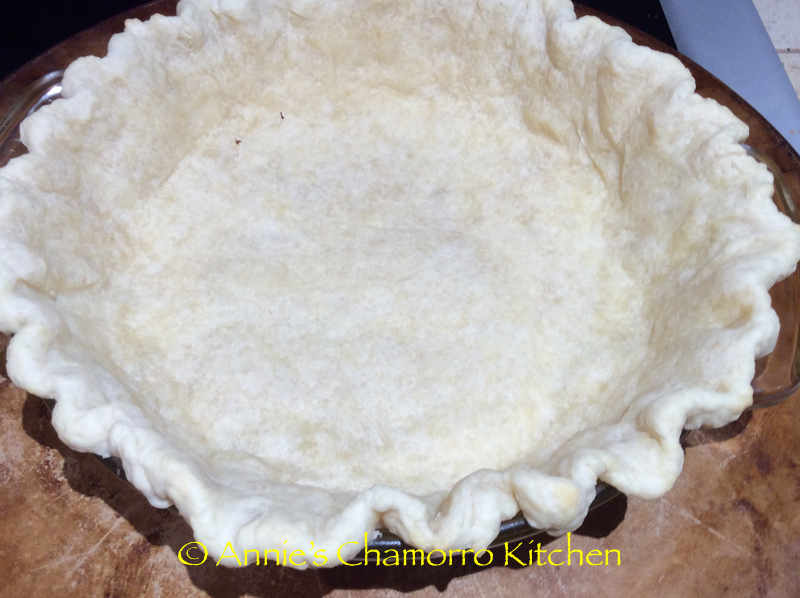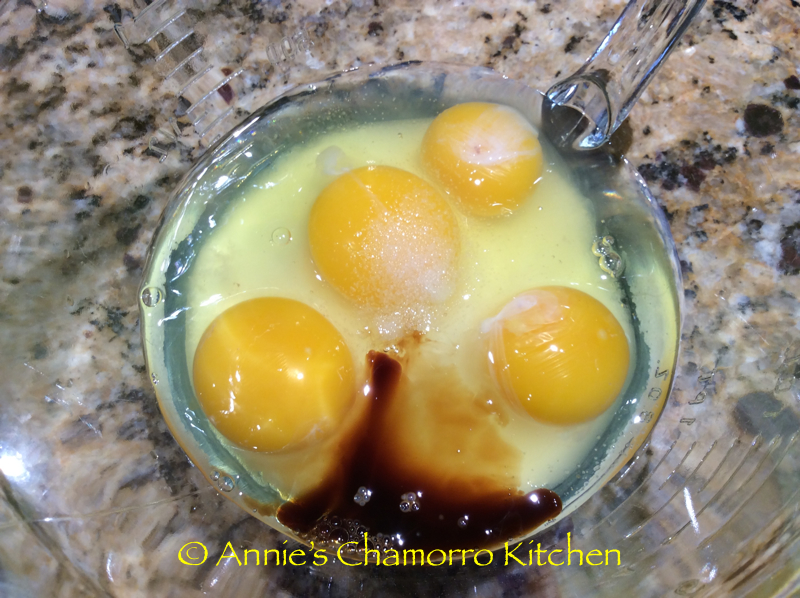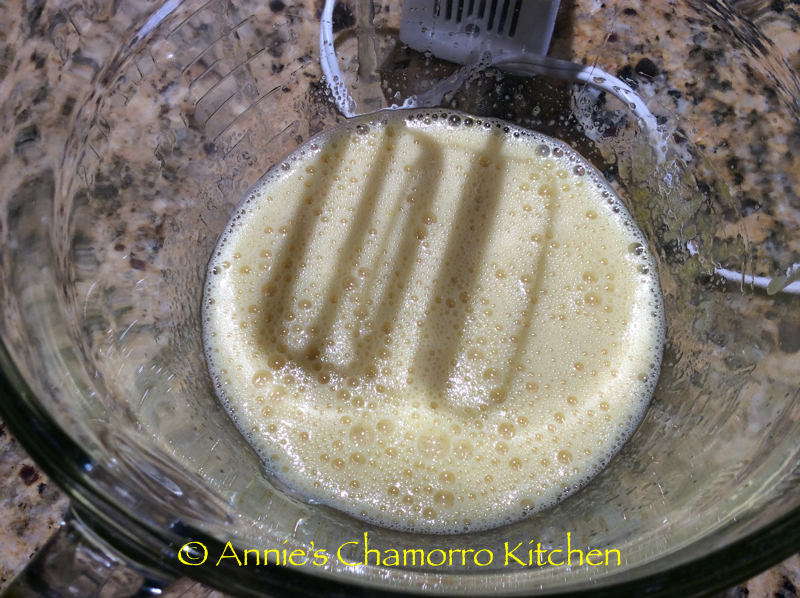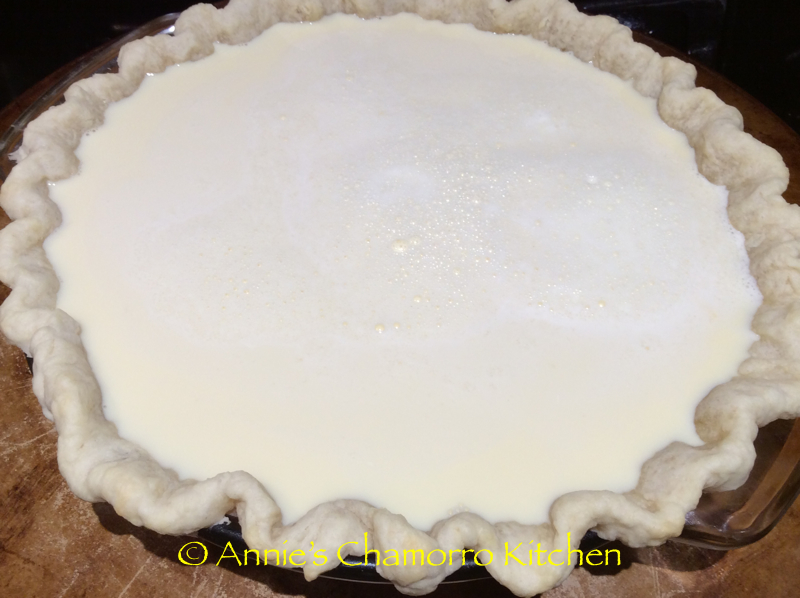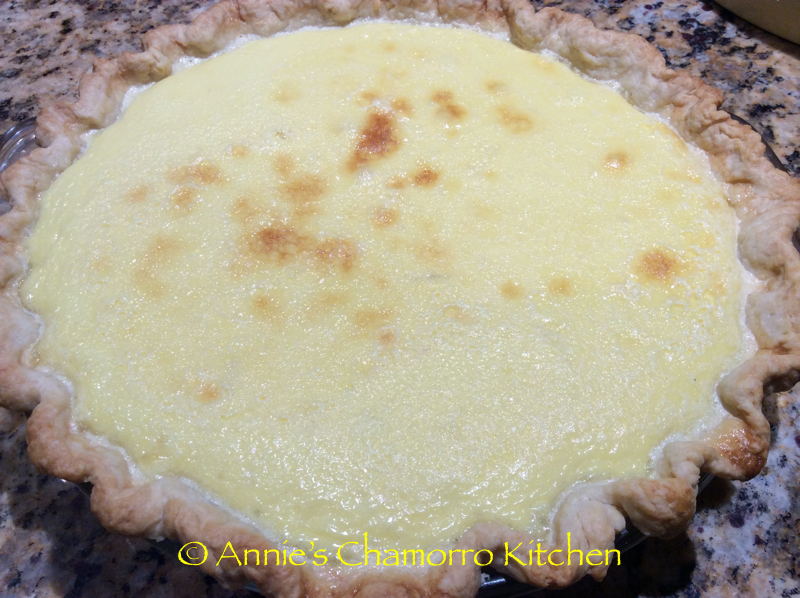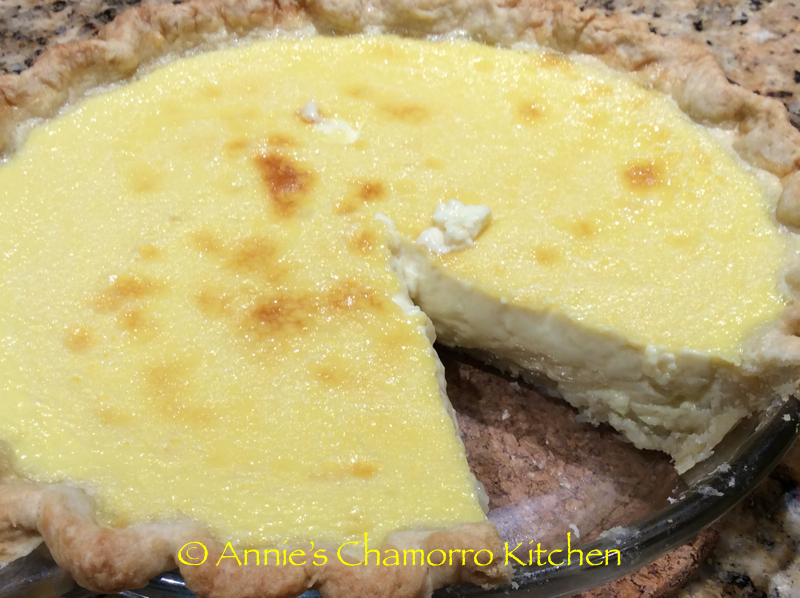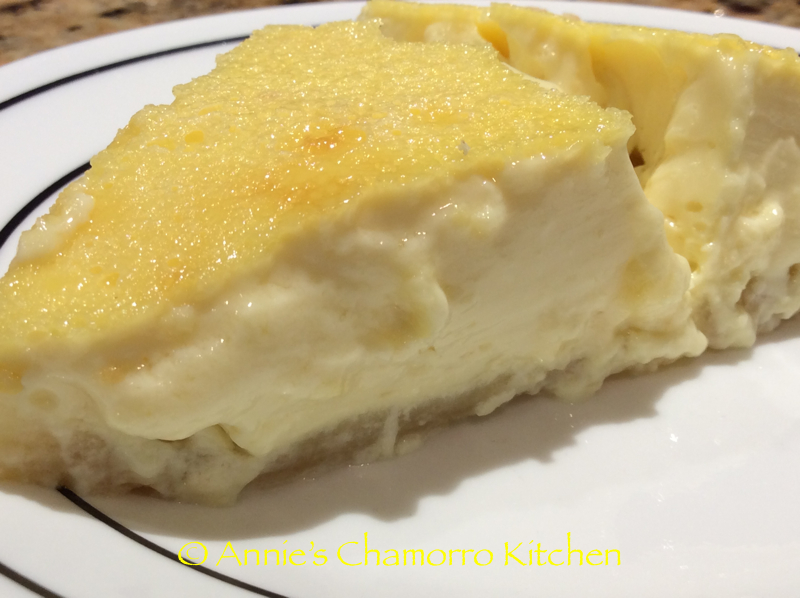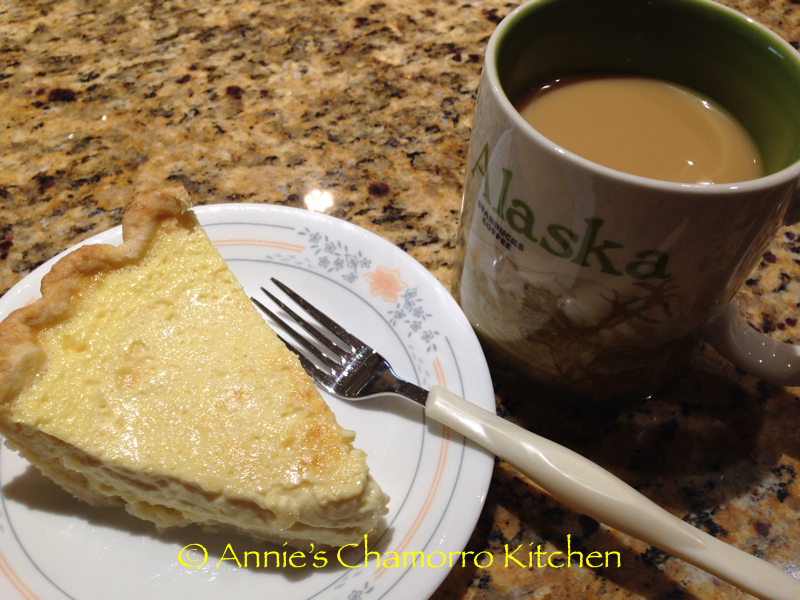
Gingerbread cookies are so much fun to make — and eat! My daughter even says they “taste like Thanksgiving and Christmas.” 😉
These aren’t the kind of cookies that you bake and form into shapes suitable for ornaments or making gingerbread houses.
In fact, this dough cannot be rolled out like traditional gingerbread. Rather, the dough is soft and moist (and actually requires chilling in order to handle it better), and the cookies bake up super fluffy, soft, and chewy.
Funny story here…
I brought a couple dozen cookies to work and offered them to my coworkers. They all smiled politely when I said they were gingerbread cookies, but then politely declined to eat any. The SECOND I told them they were SOFT and CHEWY, not the hockey-puck-rock-hard-gingersnap cookies, they ate them like they hadn’t eaten in days! 😀
So, let’s get to it, shall we?
Start by placing the flour into a medium sized mixing bowl.
Now for the heart and soul of these incredible gingerbread cookies. You’ll need baking soda, cinnamon, ground cloves, nutmeg, salt and ginger. Even before the cookies bake, the aroma of these spices make you think of fall and Thanksgiving, and all that comes with holiday baking.
Mix the spices with the flour. I use a whisk to really mix it all together. You don’t want any of the seasonings to clump together when you mix it with the wet ingredients. Set this flour mixture aside for now.
Place the softened butter in a large mixing bowl. I use a stand mixer because this makes a lot of cookie dough, but you can use a hand mixer as well.
As mentioned above, this makes a large batch of cookie dough, but don’t worry. These cookies are so good, you’ll be glad you made a lot of them. 🙂
Beat the butter until creamy.
Add the brown sugar to the mixing bowl.
Mix until light and fluffy.
This is a great mixture to spread over hot dinner rolls, by the way. Just add a teaspoon of ground cinnamon and voila! Sweet Cinnamon Butter!
Now I want to make some dinner rolls, but I digress.
Anyhoo…back to the cookies.
Add the molasses, eggs and vanilla extract to the mixing bowl.
Mix on low speed for a minute or so, or until you get a nice creamy consistency like what’s pictured below. Scrape down the sides of the bowl if you need to then mix again.
Add the flour mixture, one cup at a time, mixing on low speed just until the flour mixture is incorporated into the wet batter.
Continue mixing in the dry ingredients, a cup at a time, until a dough forms. Stop mixing when you no longer see clumps of dry ingredients. Do not over mix the dough.
Because this is a really wet dough, you need to chill it for several hours before making dough balls. I usually prepare the dough while dinner is cooking, then I pop the mixing bowl into the freezer while we eat dinner. After dinner, I take the dough out of the freezer and bake the cookies.
Now that your dough chilled sufficiently enough to handle, scoop out small amounts (about 1 1/2 to 2 tablespoons) and form into balls. I use a small cookie scoop to do this — I have a bit of OCD; I like all of my cookies to be the same size. 😉
Roll the balls of dough in a bowl of granulated sugar. Ensure the entire ball is well-coated with sugar.
Place each ball of dough onto a baking pan. If you have regular baking pans, make sure to line the pan with parchment paper first. I use stoneware pans; there is no need to line them with parchment paper.
Place the balls about 1 1/2 to 2 inches apart. These cookies will spread, but they won’t spread too much.
Bake the cookies for 10 minutes. Let the cookies cool on the pan for a couple of minutes then remove them to a wire rack to finish cooling completely.
See how nicely they puff up? As the cookies cool, they will settle just a little bit, but they will still be a bit puffy, and they will most definitely be soft and chewy.
Place any uneaten cookies in an airtight container. They will stay soft and chewy for several days (if they last that long). 🙂
Here’s my complete recipe. I think you’ll really like this one. ENJOY!
- 6 cups all-purpose flour
- 2 teaspoons baking soda
- 1 tablespoon cinnamon
- ½ teaspoon ground cloves
- ½ teaspoon nutmeg
- ½ teaspoon salt
- 1½ tablespoons ground ginger
- 1½ cups (or 3 sticks) unsalted butter, softened
- 1½ cups dark brown sugar
- ⅔ cup dark molasses
- 2 large eggs
- 2 tablespoons vanilla extract
- ¾ cup white, granulated sugar (for coating the cookie dough balls)
- In a medium sized bowl, place the flour, baking soda, cinnamon, cloves, nutmeg, salt, and ginger. Whisk to combine all the dry ingredients then set aside.
- Place the butter in a large mixing bowl. Using a stand or handheld mixer, beat the butter until creamy.
- Add the brown sugar to the creamed butter. Mix until fluffy.
- Add the molasses, eggs and vanilla extract to the butter-sugar mixture. Mix until well incorporated. Scrape down the sides if required and mix again.
- Mix the dry ingredients, one cup at a time, with the butter mixture. Stop mixing once the last bit of the dry ingredients are mixed into the dough (do not over mix).
- Cover the mixing bowl with plastic wrap and refrigerate the dough for 2-3 hours. (I placed my bowl in the freezer for 30 minutes to speed things up.)
- Scoop out some chilled dough and roll into a ball. I use a small cookie scoop that holds 1½ tablespoons.
- Roll each ball of dough in the granulated sugar, coating the entire ball. Place the coated balls onto a parchment paper lined baking sheet (if you use a stoneware pan you don't need to line it), about 1½ inches apart. These cookies will spread only a little, so you don't need to space them too far apart.
- Bake in a preheated 350 degree oven for 10 minutes. Let the cookies cool on the pan for a couple of minutes then remove to a wire rack to finish cooling.
